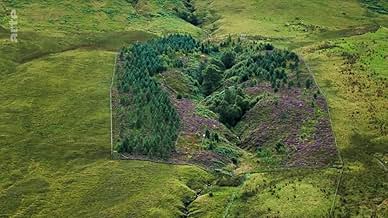"Serengeti Rules" is an interesting exploration of some local, and varied, ecosystems complemented beautifully by some enthralling cinematography. The film covers 5-6 biologists (ecologists?) who seem to specialize in certain local ecosystems, e.g., creeks, marine intertidal habitats, African savannah, and explores how they identified what they called a "keystone species" for each local ecosystem. A "keystone species" is one whose absence, or diminished numbers, in a local habitat dismantles the entire structure and viability of that ecosystem due to its varied impact on the interrelationships of the multiple life forms in that local environment. The filmmakers (actually the scientists in the film) tell us that it was originally believed that the animals at the very apex of the food chain were the key species ensuring the viability of an ecosystem through their effects on the symbiotic relationships. But these researchers found that that was not necessarily so. Indeed, the wildebeests on the Serengeti were eventually discovered to be the "keystone species" on that savannah; their diminished numbers adversely affected the numbers and viability of all other species including plant life. This research could be painstaking; the researcher who identified the otter as the keystone species in intertidal marine ecosystems (Washington state) proceeded by eliminating each of 11 species one at a time from the ecosystem and observing the effects on whether the local ecosystem continued to flourish or declined in viability.
Another interesting feature to this documentary was that the research was done many decades ago, but the filmmakers were able to bring on film each of these scientists and we hear them reminisce about how their discoveries initially confounded them but then led to a new perspective on the interaction among species in local environments. A well-worth seeing nature documentary.















